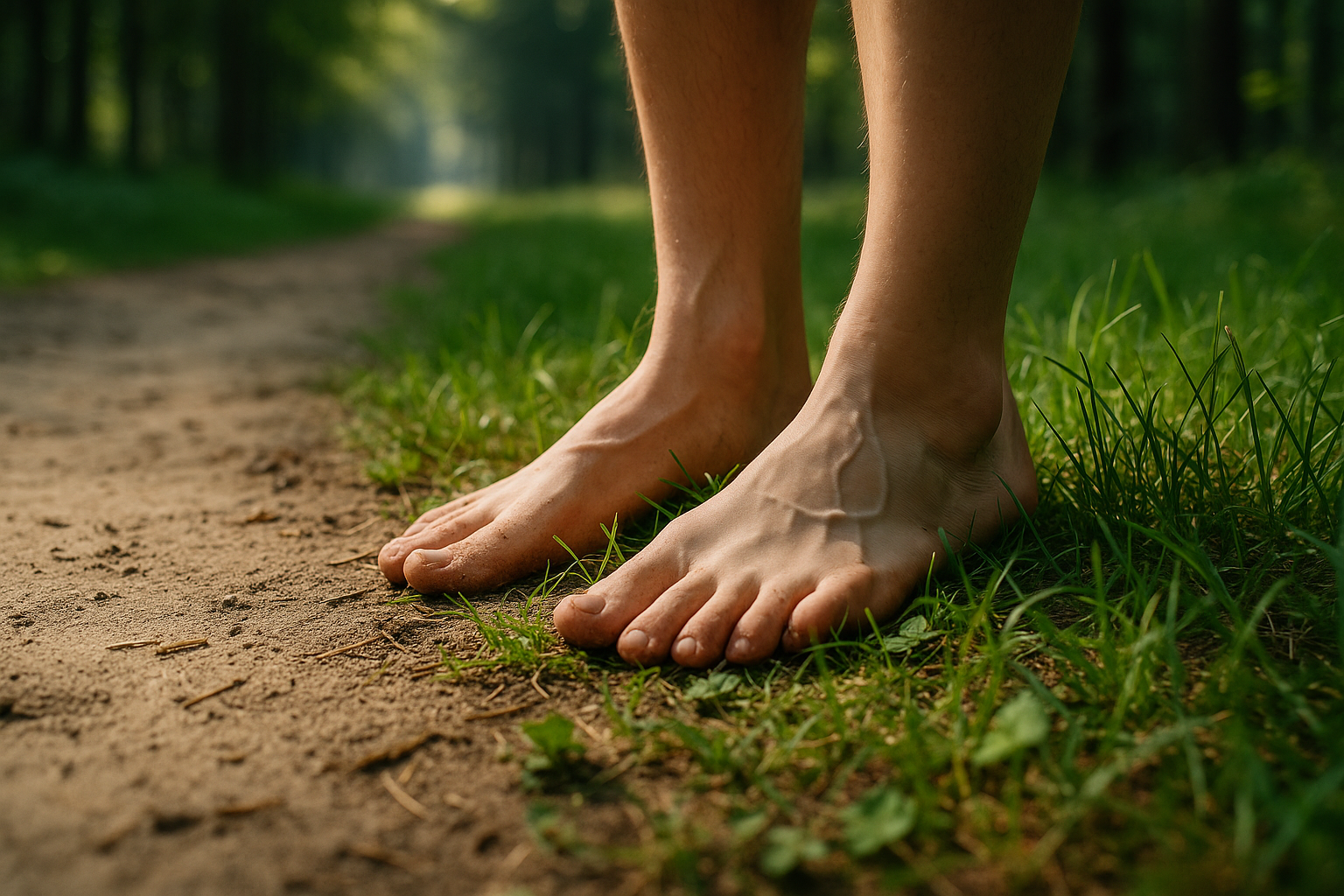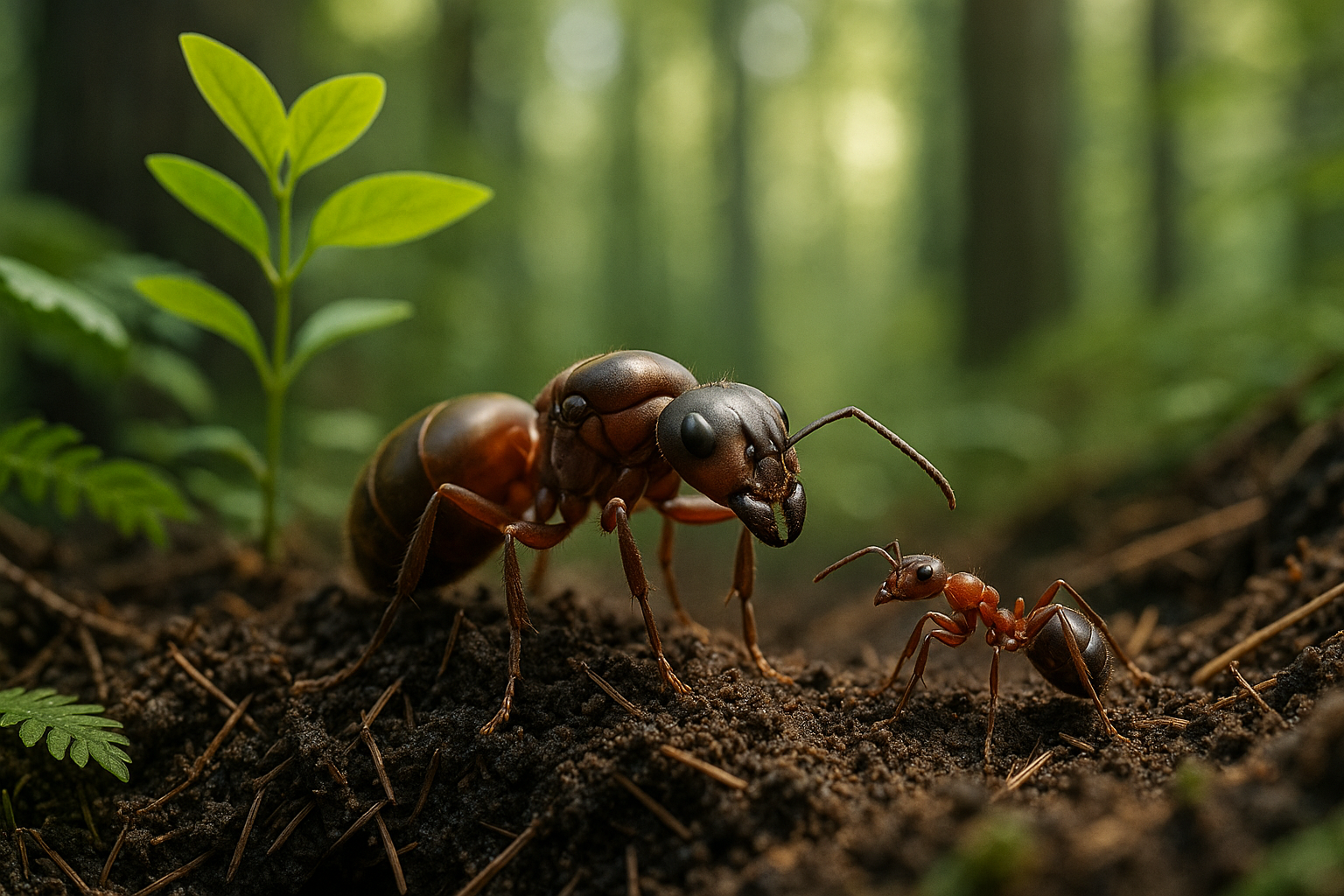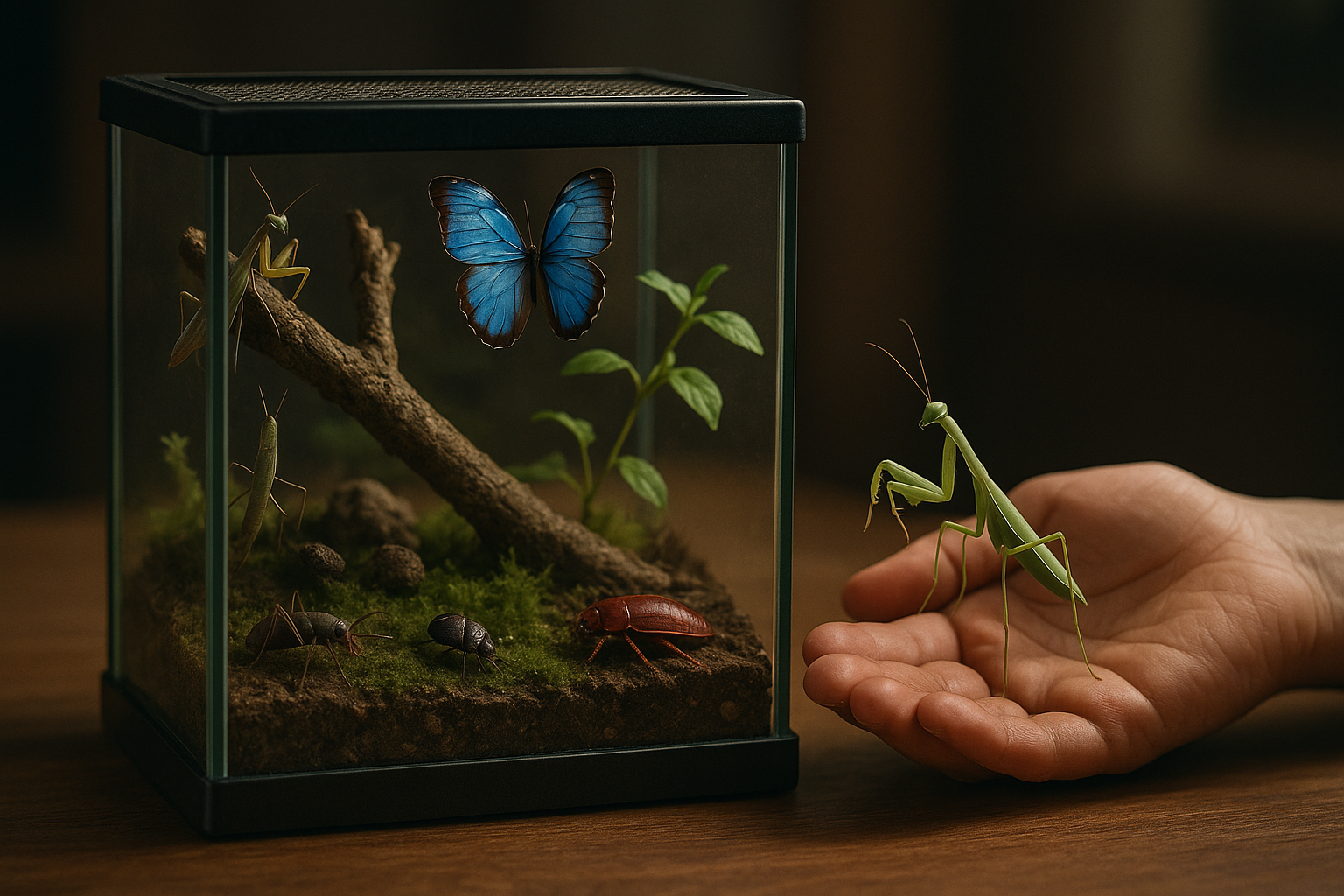Unraveling the Health Benefits of Grounding: The Art of Connecting with the Earth
As we continue to explore the realms of holistic health and wellness, there's an intriguing concept that's gaining attention: Grounding, also known as earthing. This article delves into this emerging trend, providing an in-depth examination of its origins, scientific underpinnings, and potential health benefits.

Grounding: A Historical Context
Before the advent of modern technology, our ancestors lived in close contact with the earth, walking barefoot and sleeping on the ground. Grounding is based on this simple practice. It involves connecting with the Earth’s natural electric charge, which proponents claim can provide a range of health benefits.
The Science Behind Grounding
The Earth’s surface is covered with negatively charged ions, which are believed to neutralize free radicals in our bodies. Free radicals are unstable molecules that can cause cellular damage and contribute to various health problems. By connecting directly with the Earth, grounding enthusiasts suggest that we can tap into this natural source of healing.
Benefits and Challenges of Grounding
Grounding is associated with a variety of potential health benefits, including reduced inflammation, improved sleep, and decreased stress. Some research suggests that it may improve cardiovascular health, boost mood, and support immune function. However, it’s important to note that more extensive research is needed to fully understand the potential benefits and any potential risks.
Grounding in Modern Health Trends
Grounding is becoming increasingly popular in health and wellness circles, with many incorporating it into their daily routines. It offers a simple, natural, and cost-free method of improving well-being. Despite the need for further scientific validation, grounding provides an intriguing example of how ancient practices can find a place in contemporary wellness strategies.
Health Trivia: Grounding
-
Grounding can be as simple as walking barefoot on grass, sand, or soil.
-
Some grounding enthusiasts use conductive materials, like grounding mats or sheets, to maintain a connection with the Earth while indoors.
-
The first scientific research into grounding was published in 2000, exploring its effects on sleep and chronic pain.
In conclusion, grounding is an emerging trend in holistic health that draws from ancient wisdom and modern science. It offers a unique way to connect with nature, potentially providing a range of health benefits. As with all health practices, it’s essential to approach grounding with a balanced perspective, considering both its potential benefits and its limitations. Grounding serves as a reminder of our connection with the natural world, encouraging us to explore new ways to enhance our well-being.



